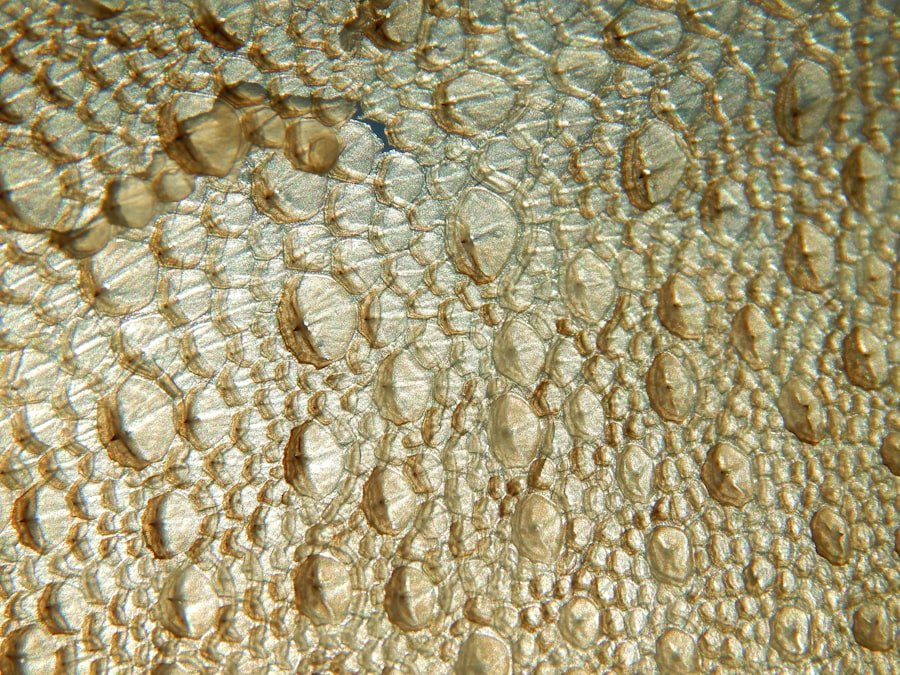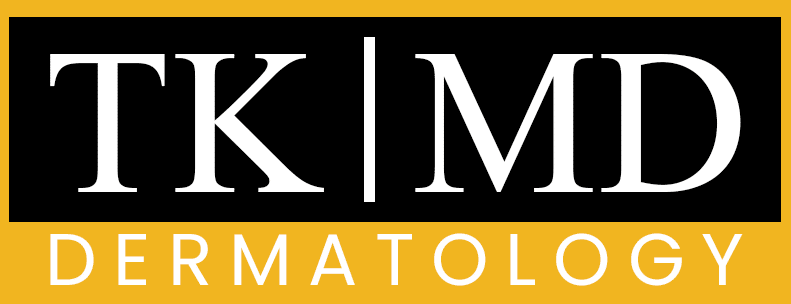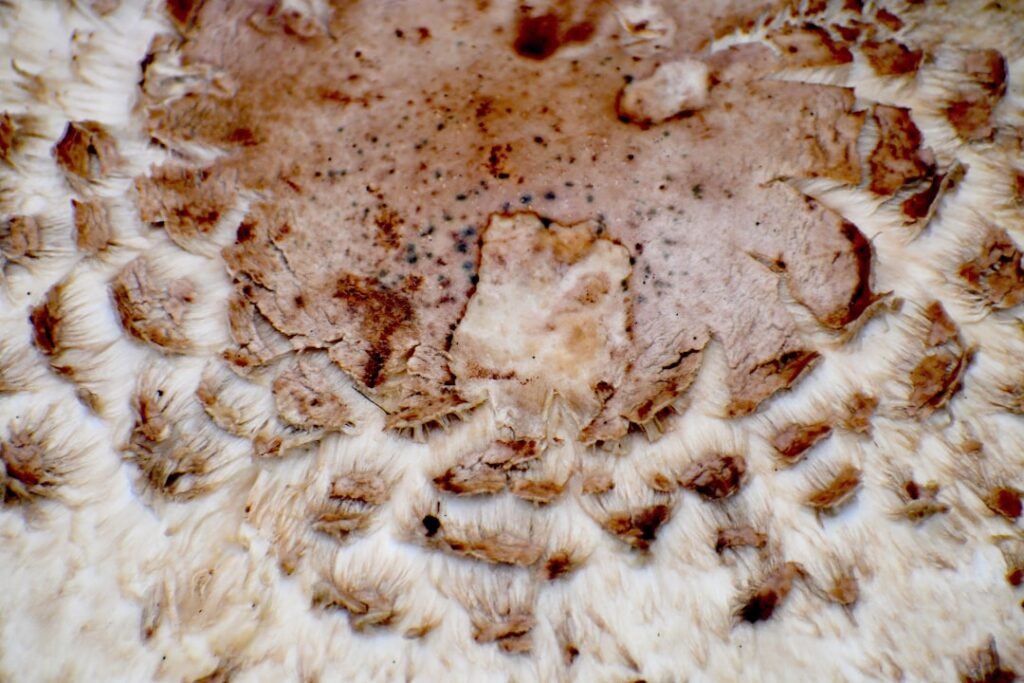A hydrocolloid patch is a specialized adhesive dressing that is primarily used in wound care but has gained popularity in the realm of skincare, particularly for treating acne. These patches are made from a gel-like substance that contains hydrophilic (water-attracting) properties, allowing them to absorb excess moisture and create a moist environment conducive to healing. The composition typically includes materials such as gelatin, pectin, and carboxymethyl cellulose, which work together to form a semi-permeable barrier over the skin.
This barrier not only protects the affected area from external irritants but also helps to prevent further inflammation and infection. In the context of acne treatment, hydrocolloid patches are designed to be applied directly onto blemishes, where they adhere to the skin and create a protective seal. This seal serves multiple purposes: it keeps the area clean, reduces the temptation to pick or pop pimples, and promotes faster healing.
The patches are often transparent or skin-toned, making them discreet enough for daytime wear. Their effectiveness has made them a staple in many skincare routines, especially for individuals seeking a non-invasive solution to manage breakouts.
Key Takeaways
- A hydrocolloid patch is a type of dressing that is used to treat acne by absorbing excess oil and pus from the pimple.
- The patch works by creating a moist environment that promotes healing and prevents scarring, while also protecting the pimple from further irritation.
- Using a hydrocolloid patch for acne can help reduce inflammation, prevent scarring, and speed up the healing process.
- To use a hydrocolloid patch for acne, simply clean and dry the affected area, apply the patch directly onto the pimple, and leave it on for several hours or overnight.
- When choosing a hydrocolloid patch for acne, look for one that is the right size for your pimple and has a strong adhesive to keep it in place.
How Does a Hydrocolloid Patch Work to Treat Acne?
The mechanism by which hydrocolloid patches treat acne is multifaceted. When applied to a pimple, the patch absorbs excess fluid and pus that may be present within the blemish. This absorption process helps to reduce the size of the pimple and minimizes inflammation.
The hydrocolloid material draws out impurities while simultaneously keeping the area hydrated, which is crucial for promoting healing. By maintaining a moist environment, the patch encourages the skin’s natural repair processes, allowing for quicker recovery from acne lesions. Additionally, hydrocolloid patches create a physical barrier that protects the acne spot from external factors such as bacteria, dirt, and pollutants.
This barrier is particularly beneficial for preventing further irritation or infection that can occur when blemishes are exposed to the environment or when individuals touch their faces. The patches also discourage picking or squeezing, which can lead to scarring or prolonged healing times. By providing a safe and effective way to manage acne, hydrocolloid patches have become an essential tool for many individuals dealing with breakouts.
The Benefits of Using a Hydrocolloid Patch for Acne

One of the primary benefits of using hydrocolloid patches for acne treatment is their ability to accelerate healing. Unlike traditional acne treatments that may involve topical medications or harsh chemicals, hydrocolloid patches offer a gentle approach that minimizes irritation while effectively addressing blemishes. Users often report noticeable improvements in the size and redness of pimples within just a few hours of application.
This rapid response can be particularly appealing for those who need quick results before an important event or occasion. Another significant advantage is the convenience and ease of use associated with hydrocolloid patches. They are typically pre-cut and ready to apply, eliminating the need for messy creams or serums.
This user-friendly aspect makes them suitable for individuals of all ages, including teenagers who may be new to skincare routines. Furthermore, hydrocolloid patches are often designed to be worn overnight, allowing users to wake up with reduced blemishes without any additional effort. Their discreet nature also means they can be worn during the day without drawing attention, making them an ideal choice for those who want to manage acne while maintaining their daily activities.
How to Use a Hydrocolloid Patch for Acne
| Step | Description |
|---|---|
| 1 | Cleanse the affected area and pat dry |
| 2 | Peel the hydrocolloid patch from its backing |
| 3 | Place the patch directly onto the pimple |
| 4 | Leave the patch on for several hours or overnight |
| 5 | Remove the patch and discard it |
| 6 | Repeat the process as needed |
Using a hydrocolloid patch for acne is straightforward and requires minimal preparation. First, it is essential to start with clean skin; therefore, washing your face with a gentle cleanser is recommended to remove any dirt, oil, or makeup that may be present.
After cleansing, pat the skin dry with a clean towel to ensure that the patch adheres properly.
Once the area is clean and dry, select an appropriately sized hydrocolloid patch and carefully peel it from its backing. Position the patch directly over the blemish, ensuring that it fully covers the affected area. Press down gently around the edges to secure it in place and ensure a good seal.
It is advisable to leave the patch on for several hours or overnight for optimal results. During this time, the patch will work to absorb excess fluid and promote healing. When removing the patch, do so gently to avoid irritating the skin further.
If any residue remains on the skin after removal, it can typically be washed away with water.
Choosing the Right Hydrocolloid Patch for Your Acne
When selecting a hydrocolloid patch for acne treatment, several factors should be considered to ensure you choose the most effective product for your needs. First and foremost, look for patches that are specifically designed for acne treatment rather than general wound care. Acne-specific patches often contain additional ingredients such as salicylic acid or tea tree oil that can enhance their effectiveness against breakouts.
Size and shape are also important considerations; hydrocolloid patches come in various sizes to accommodate different types of blemishes, from small whiteheads to larger cystic acne. Choosing a patch that adequately covers the entire pimple will maximize its effectiveness. Additionally, consider whether you prefer transparent patches for discreet wear or skin-toned options that blend in more seamlessly with your complexion.
Reading reviews and seeking recommendations from trusted sources can also help you identify high-quality products that have worked well for others.
Are There Any Side Effects of Using a Hydrocolloid Patch for Acne?

While hydrocolloid patches are generally considered safe for most skin types, some individuals may experience mild side effects. Skin irritation can occur if the patch is left on for too long or if it is applied to broken skin or open wounds. In such cases, redness or discomfort may arise upon removal of the patch.
It is crucial to monitor your skin’s reaction after using a patch; if you notice any signs of irritation or an allergic reaction—such as itching, swelling, or rash—discontinue use immediately and consult a dermatologist if necessary. Another potential concern is that while hydrocolloid patches are effective at drawing out impurities from pimples, they may not address underlying causes of acne such as hormonal imbalances or excessive oil production. Therefore, while they can be an excellent tool for managing individual breakouts, they should not replace a comprehensive skincare routine or professional advice tailored to your specific skin concerns.
Tips for Maximizing the Effectiveness of Hydrocolloid Patches for Acne
To get the most out of your hydrocolloid patches, there are several tips you can follow that will enhance their effectiveness in treating acne.
First, ensure that you apply the patch as soon as you notice a blemish forming; early intervention can lead to better results.
The sooner you place a patch on an emerging pimple, the more likely it is to reduce inflammation and prevent it from worsening.
Additionally, avoid touching your face throughout the day to minimize introducing bacteria that could exacerbate breakouts. When applying makeup or skincare products over a patch during the day, opt for non-comedogenic formulas that won’t clog pores or interfere with the patch’s adhesion. Lastly, consider incorporating other complementary skincare practices into your routine—such as regular exfoliation and hydration—to support overall skin health while using hydrocolloid patches.
Other Uses for Hydrocolloid Patches
Beyond their application in acne treatment, hydrocolloid patches have several other uses in both medical and cosmetic contexts. In wound care, they are commonly employed to treat minor cuts, blisters, and abrasions due to their ability to create a moist healing environment while protecting wounds from external contaminants. This property makes them particularly useful in preventing infections and promoting faster recovery times.
In addition to wound care, hydrocolloid patches have found their way into various beauty applications. For instance, they can be used under eyes to reduce puffiness and dark circles by providing hydration and cooling effects. Some brands have even developed specialized patches infused with ingredients like hyaluronic acid or collagen aimed at delivering targeted benefits to specific areas of concern on the face or body.
As research continues into their versatility and effectiveness across different applications, hydrocolloid patches remain an innovative solution in both skincare and medical fields alike.
If you are interested in hydrocolloid patches for acne treatment, you may also want to learn about laser energy treatments for skin rejuvenation. Dr. Trisha Khanna discusses the benefits of laser energy treatments in cosmetic dermatology here. Additionally, if you are dealing with itchy skin conditions, Dr. Khanna provides insights on how to manage and treat itchiness in medical dermatology here. For those looking for solutions to hair loss, especially females, Dr. Khanna offers an expert guide on the best hair loss treatments here.
FAQs
What is a hydrocolloid patch?
A hydrocolloid patch is a type of wound dressing that contains gel-forming agents, such as pectin or gelatin, which create a moist environment to promote wound healing.
How does a hydrocolloid patch work?
When applied to a wound, the hydrocolloid patch forms a gel as it comes into contact with wound exudate. This gel helps to maintain a moist environment, protect the wound from external contaminants, and promote the healing process.
What are the benefits of using a hydrocolloid patch?
Hydrocolloid patches are known for their ability to provide a moist healing environment, protect the wound from bacteria and other contaminants, and promote faster healing. They are also flexible and conform to the body, making them comfortable to wear.
What types of wounds are hydrocolloid patches suitable for?
Hydrocolloid patches are commonly used for minor wounds, such as cuts, scrapes, and blisters. They can also be used for shallow pressure ulcers and to protect healing surgical incisions.
Are there any precautions to consider when using a hydrocolloid patch?
It is important to ensure that the wound is clean and dry before applying a hydrocolloid patch. Additionally, individuals with known allergies to the components of the patch should avoid using it. It is always best to consult with a healthcare professional before using any wound dressing.


